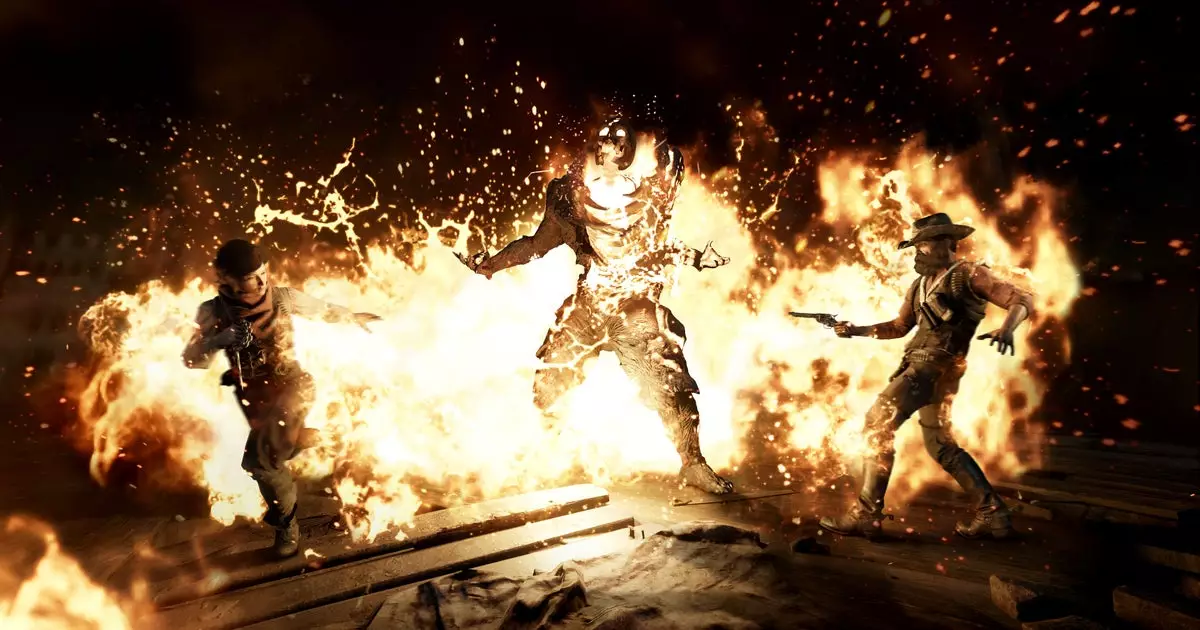In a striking turn of events, the game development company Crytek, known for its iconic titles like Hunt: Showdown and the Crysis series, has announced significant layoffs. Approximately 15% of its workforce—a figure translating to about 60 employees—will depart due to the “complex, unfavourable market dynamics” that have beleaguered the gaming industry in recent years. This difficult decision emerges as the company grapples with sustained challenges that have forced it to pause the development of Crysis 4 and redirect resources to its ongoing project, Hunt: Showdown 1896.
Crytek’s statement regarding layoffs encapsulates the current turbulence faced by many in the gaming sector. The phrase “complex, unfavourable market dynamics” hints at a multitude of factors negatively impacting the industry. These might include rapid expansion during overly optimistic post-pandemic predictions, increased competition, and the economic pressures stemming from rising costs of living and inflation. Such variables can create a treacherous landscape for developers aiming for sustained growth and profitability.
The company acknowledged its difficult choice by stating, “This has not been an easy decision to make, as we deeply appreciate the hard work of our talented teams.” The layoffs span both development teams and shared services, revealing the depth of the issues at hand. It’s evident that the need for financial sustainability has taken precedence over immediate project ambitions, placing the welfare of the company above its artistic undertakings.
The diversion of developers from the long-anticipated Crysis 4 to Hunt: Showdown 1896 speaks volumes about Crytek’s immediate priorities. Initially announced in 2022, the Crysis sequel has not produced significant updates, raising concerns about the game’s viability and the company’s transparency. This strategic pivot underlines a critical dilemma facing many developers: balancing between fostering innovation and ensuring business survival.
While Hunt: Showdown has experienced growth—garnering a peak of around 60,000 concurrent players during a recent update—it remains to be seen if this furnace of gaming popularity can sustain the company in the long run. The competitive gaming environment, with players constantly shifting their focus to new titles and trends, poses additional risks for established franchises.
Delving deeper into Crytek’s history presents a somber narrative regarding its fiscal management and development transparency. In an industry where rapid adaptation is imperative, Crytek has often been criticized for its reluctance to fully disclose the realities behind its operational challenges. This pattern has fostered skepticism among fans and industry observers alike. The serious potential for mismanagement looms large, particularly when forecasts do not align with reality, as witnessed previously in various gaming sectors.
This history of limited communication fuels uncertainty about the future of both existing and upcoming projects, notably Crysis 4. The anticipated sequel has thus far garnered little in the way of substantive news since its announcement, creating doubt about Crytek’s commitment to delivering a high-quality product. As gaming enthusiasts grow increasingly impatient, the specter of disappointment lingers.
As Crytek prepares to navigate these turbulent waters, the company faces a crucial crossroads. The layoffs, while painful, may serve as a necessary recalibration intended to stabilize the organization for future endeavors. The promised severance packages and career assistance may cushion the blow for those affected, yet the emotional weight of such changes cannot be understated.
There is hope that focusing on a single successful project like Hunt: Showdown 1896 will ultimately rejuvenate Crytek, allowing it to streamline operations and, ideally, resume development on projects like Crysis 4 in the future. For now, the industry watches and waits, hoping for a turnaround not only for Crytek but for the gaming landscape as a whole, which appears to be at a critical juncture. The ultimate success will hinge on the company’s ability to adapt and evolve amid the ongoing challenges.


Leave a Reply
You must be logged in to post a comment.